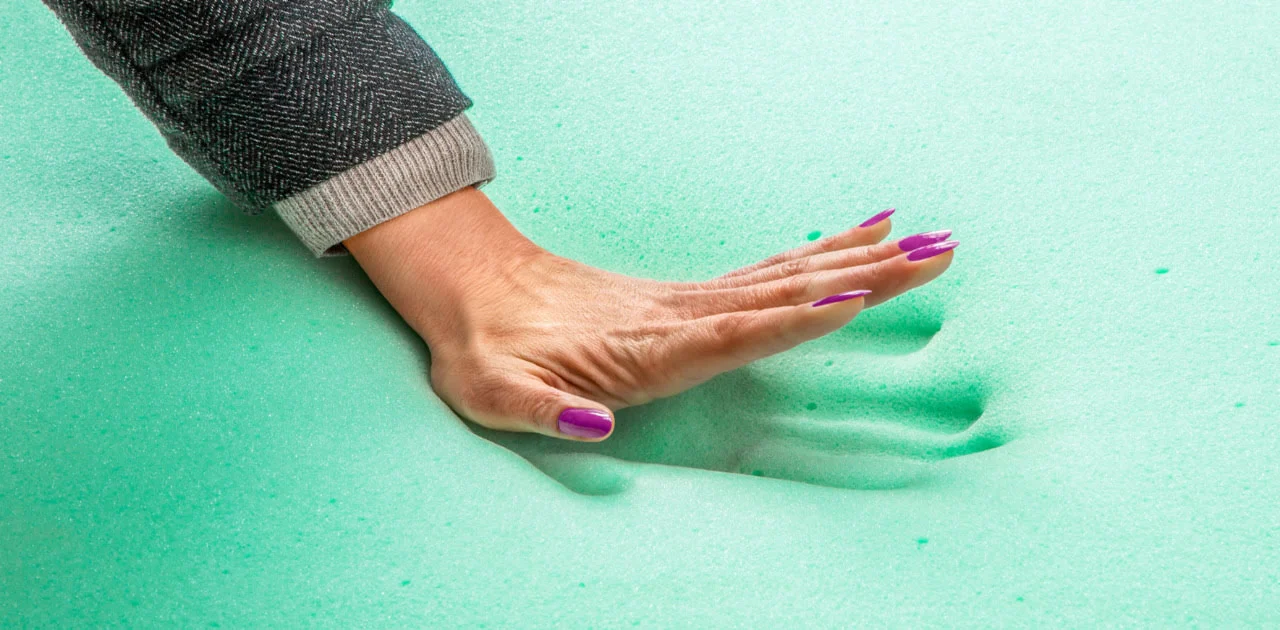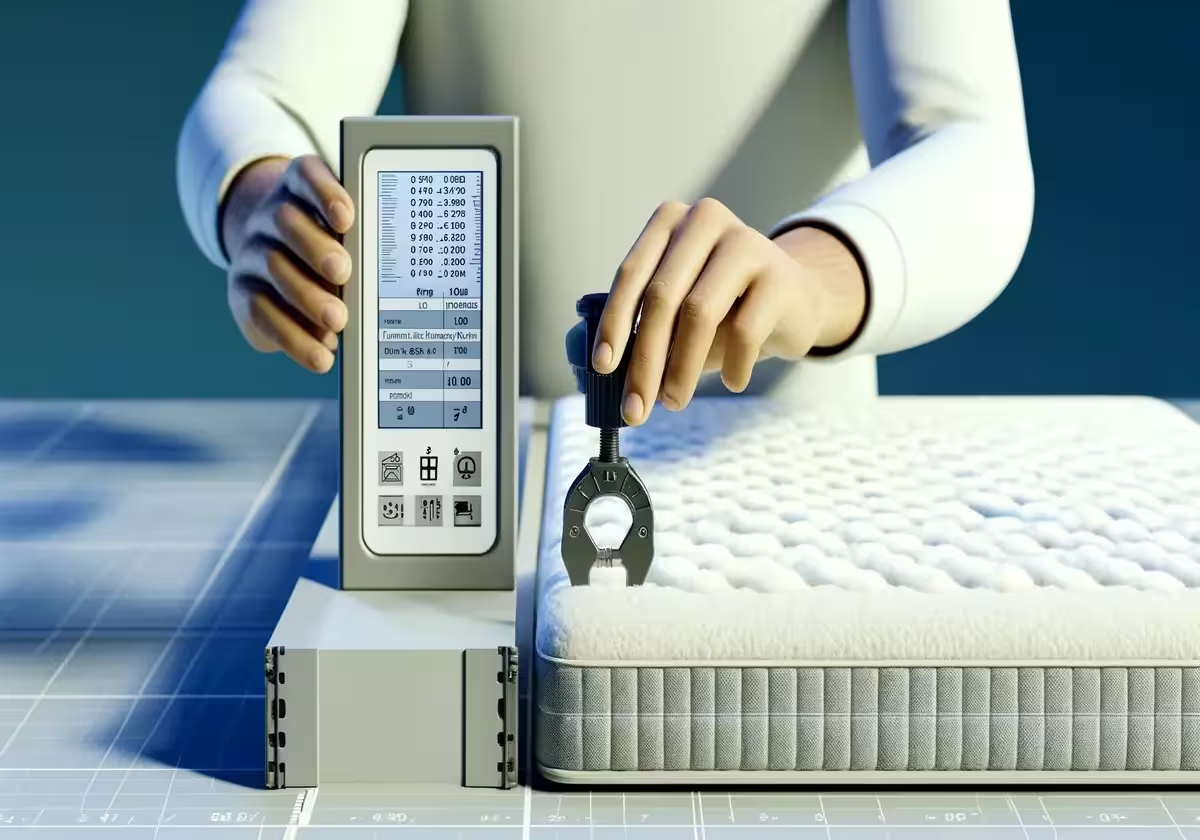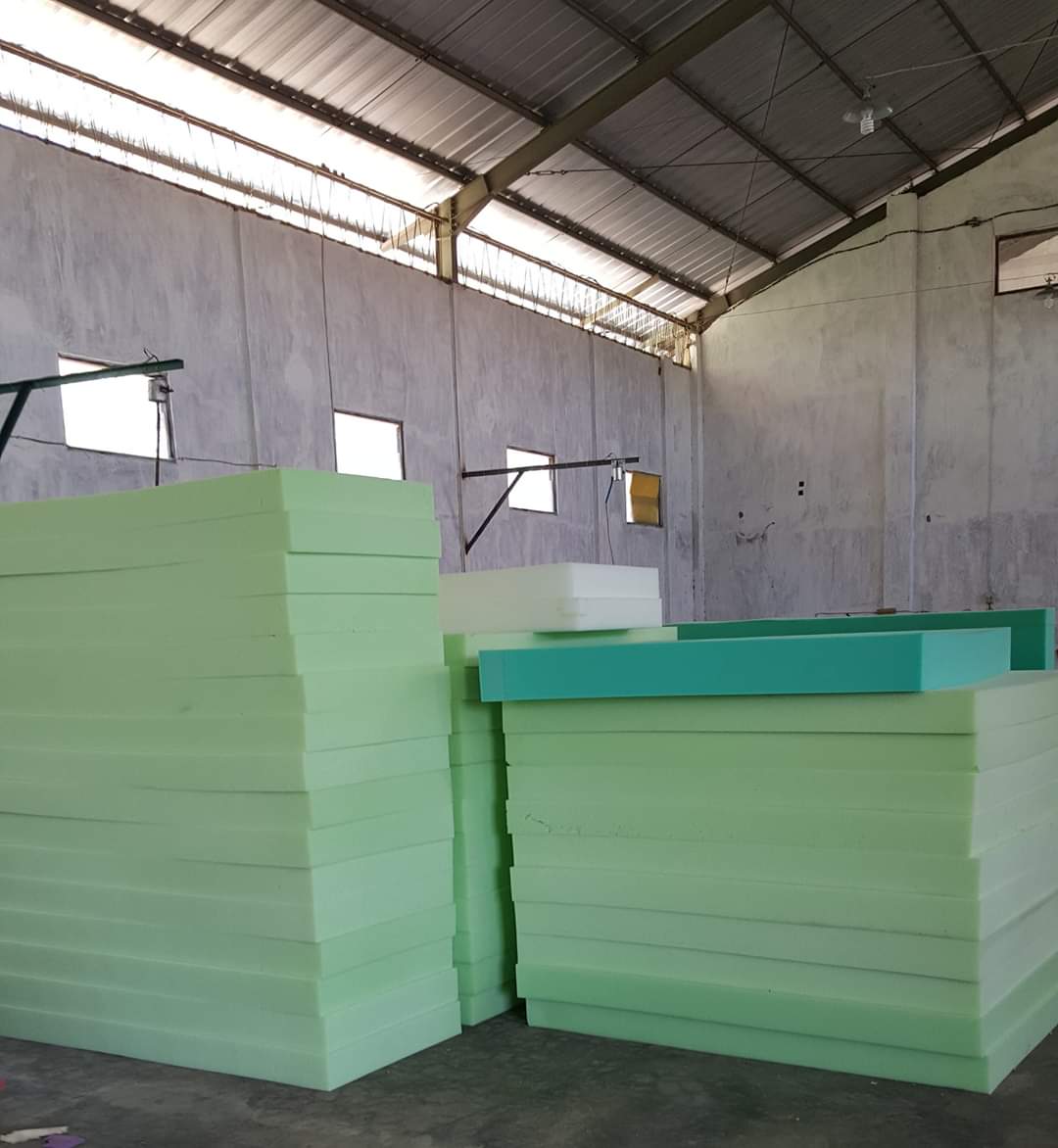Discover How to Measure Foam Mattress Density Like a Pro!

How To Measure Foam Mattress Density
One misconception out there is that the density of foam – in a mattress for example- determines its firmness. This isn’t always the case: low-density foams can still be hard and solid, even if one would expect them to feel softer because they are less dense than other forms.
If you want a bed that will be supportive of your back, it’s best to go with a higher density. If you sleep on one too soft and don’t have any support at all for your spine or neck then over time this can lead to chronic muscle pain in those areas from lack of relaxation during their restful hours.
Knowing how to Measure Foam Mattress Density is an important factor when choosing a mattress. The foam’s weight tells you how firm it will be and also if the bed has springs or not, which can affect comfortability for some people.
How to Know if Foam is High-Density
When shopping for a mattress or cushion, understanding foam density is crucial for making an informed choice. Foam density, measured in pounds per cubic foot (pcf), tells you how much weight a cubic foot of foam can support, directly impacting durability and comfort. Here’s a breakdown to help you identify high-density foam.
What is Foam Density?
Foam density is essentially a measure of weight relative to volume. It indicates how much material is packed into a cubic foot of foam. Higher-density foams have more material per unit volume, making them heavier and typically more durable. For instance, a foam with a density of 1.5 pcf weighs 1.5 pounds per cubic foot, while a foam with a density of 5 pcf weighs 5 pounds per cubic foot.
Signs of High-Density Foam

Practical Applications
Identifying High-Density Foam Without Machinery
Understanding foam density helps in selecting the right product for your needs, ensuring that you get the best performance and longevity from your purchase. High-density foams, while more expensive, provide superior support and durability, making them a worthwhile investment for many applications.
How to Calculate Foam Density
The density of a substance is the ratio of its mass to its volume. The formula for density is Density=mass/volume. You can calculate the density by dividing the mass of a material by its volume, or vice versa. I will teach you how to do this in 1 easy step!
Weight (divided) by Width x Height x Length = Density
Tada!! That’s It…
Remember though, density is not the only factor in determining the firmness of a mattress. A higher density means a greater weight per cubic foot but, it’s not just about how heavy one is.
If you buy an innerspring bed with low coils well your mattress might feel softer than if you purchased a high coil count because those springs are compacted more tightly together which makes them firmer.

Why Does Density Matter?
The heavier the foam the better the bed will be in the long run. Higher-density foam will last longer and should prove more durable than most lower-density mattresses.
How to Check Foam Quality
When choosing foam for your cushions, mattresses, or other applications, understanding foam quality is essential. Foam quality impacts durability, comfort, and overall performance. Here’s a comprehensive guide to help you check foam quality effectively.
Key Indicators of Foam Quality
Practical Methods to Test Foam Quality
Factors Affecting Foam Quality
Understanding these factors and using practical methods to test foam quality can help you make informed decisions when purchasing foam products. Whether for mattresses, cushions, or other uses, high-quality foam offers better durability, comfort, and value over time.
How Density Affects a Great Mattress?
One of the most important considerations when shopping for a mattress is what type you prefer. If an innerspring bed feels too hard and manufactured, then consider purchasing a memory foam or Flexible Foam one instead!
Making a mattress purchase is not always easy, but at least now you know what to look for and it will lead you in the right direction. Knowing what density may suit you best will get you started asking the right questions so you end up with the mattress made for you.

Yanie Wijaya
CFO @ wijayafoam.com
Yanie Wijaya is a leading expert in the foam mattress industry with over 15 years of experience. As the owner of Wijaya Foam and key brands like Asia Deluxe and Eversoft Rebonded, she has shaped mattress manufacturing across Southeast Asia. Outside of her professional life, Yanie enjoys motherhood and Korean cinema. Her deep industry knowledge makes her a trusted authority in foam mattress innovation.

